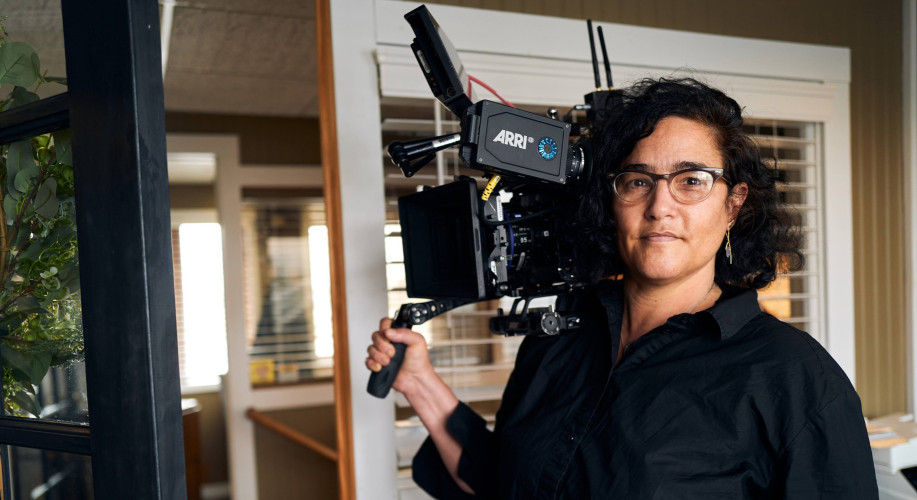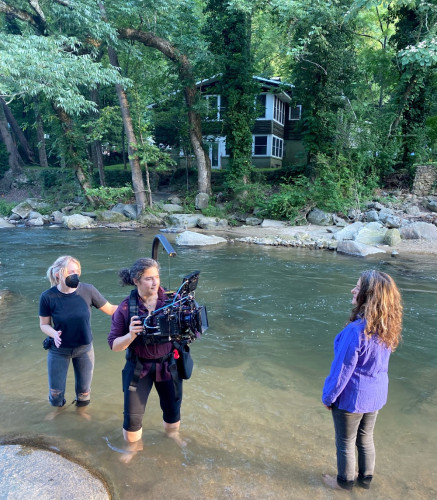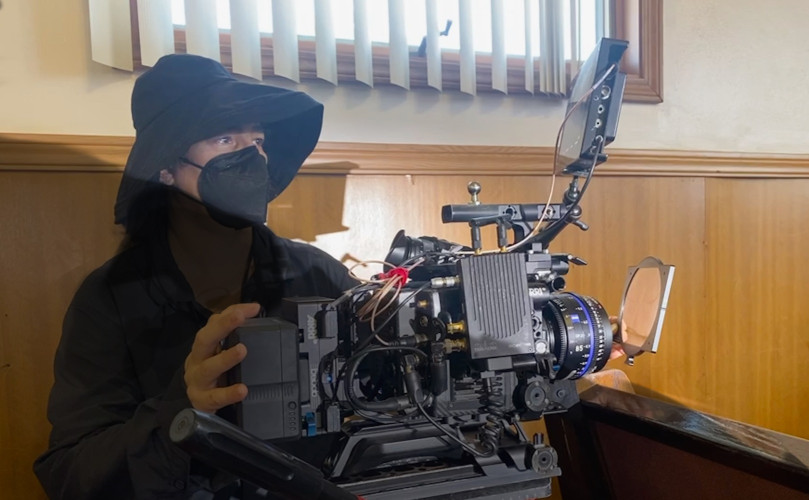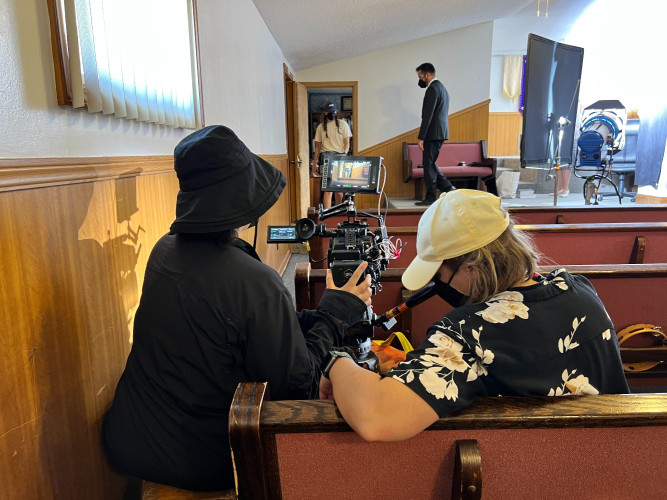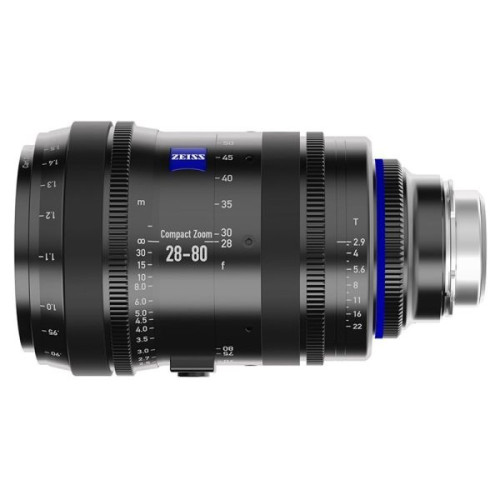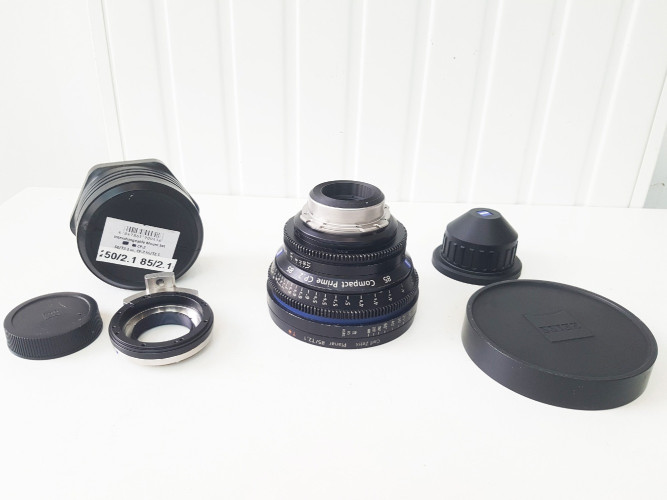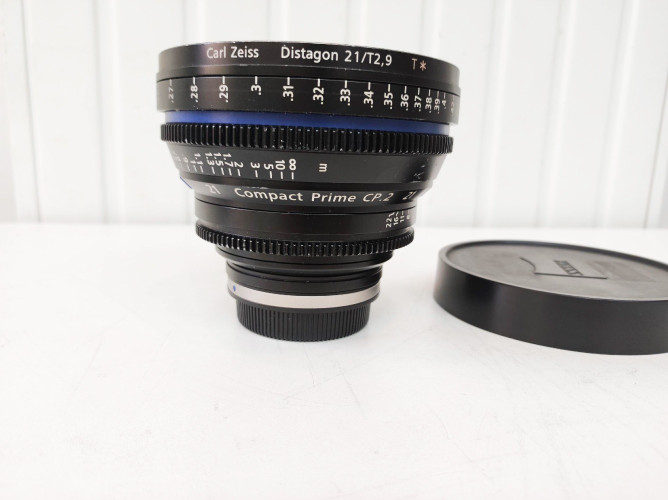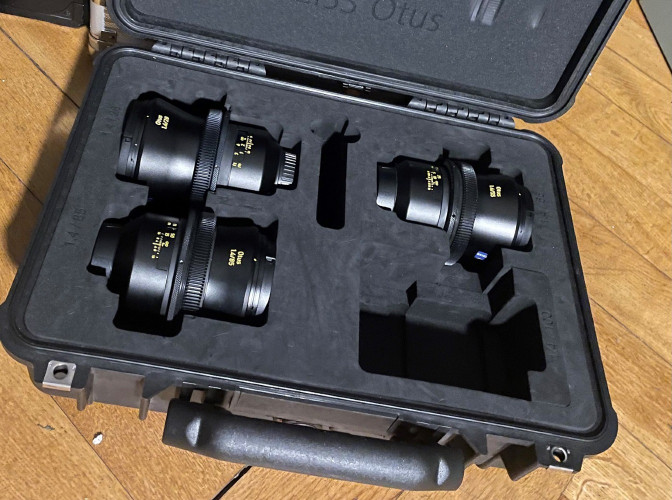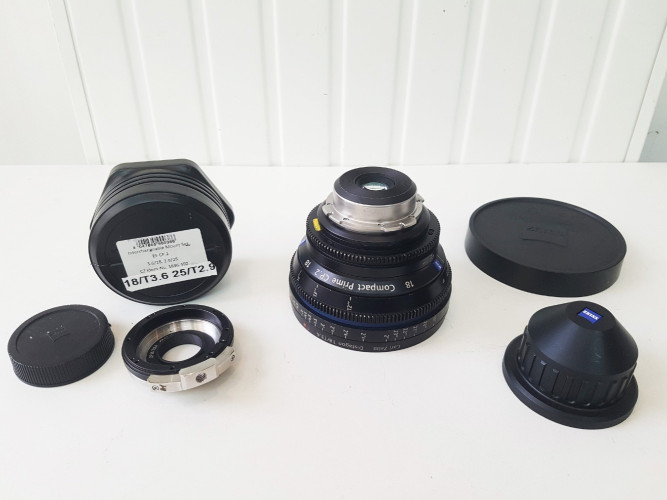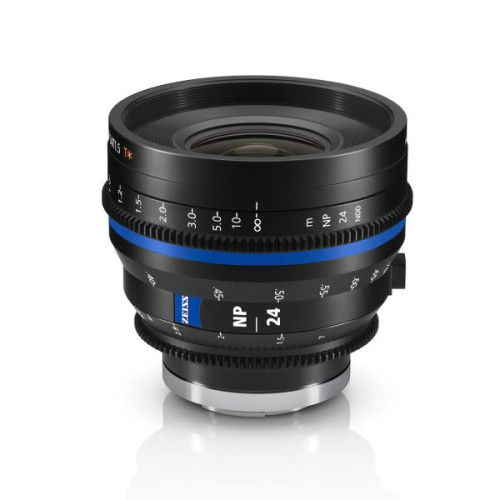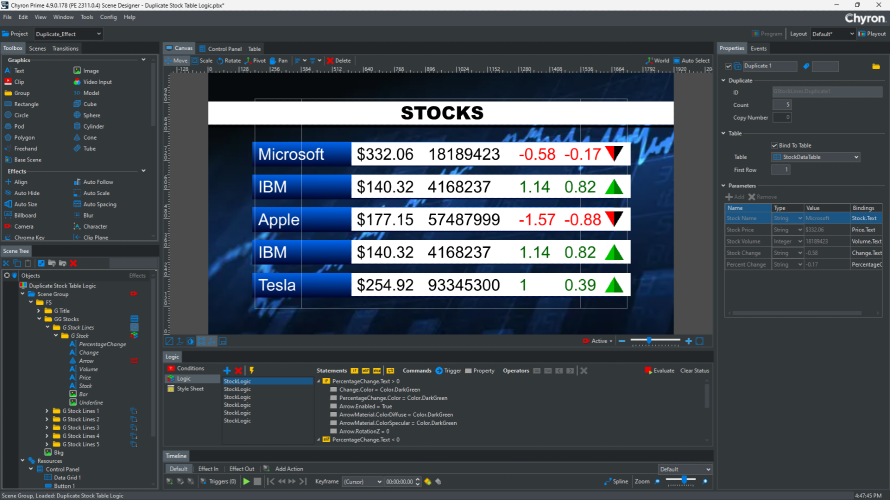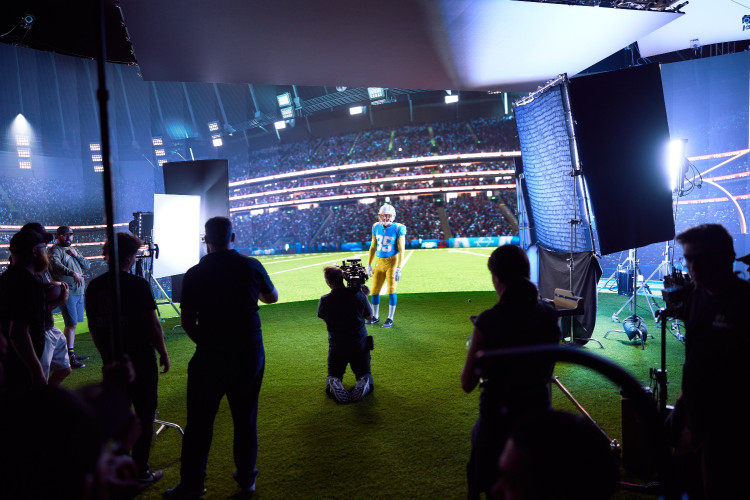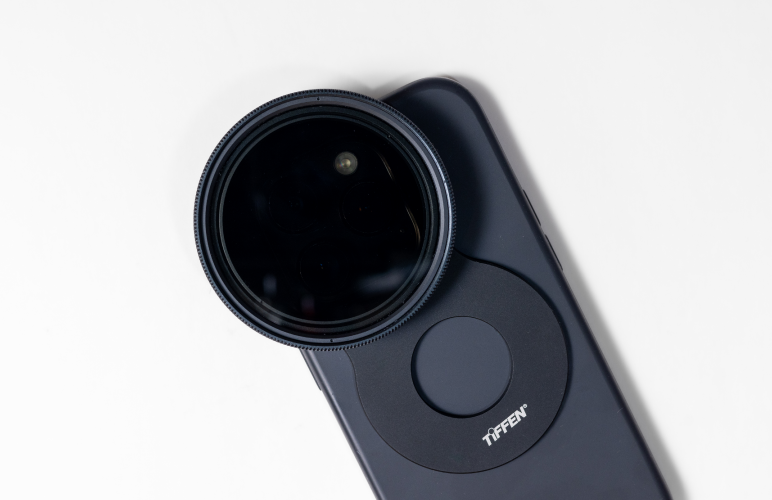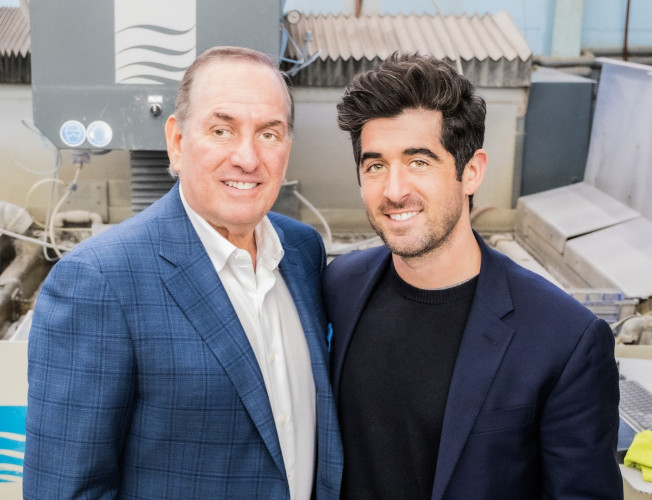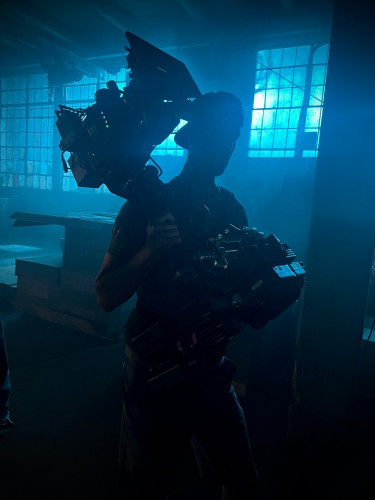Cinematographer Yamit Shimonovitz is known for hard-hitting documentary work that often focuses on telling the stories of women or giving a voice to trauma. Cultural touchstones she has lensed include “Surviving R Kelly,” “Sex, Love, and Goop” and “Candace Parker: Unapologetic.” This past year, Shimonovitz traveled across the US for Investigation Discovery’s “Let Us Prey: A Ministry of Scandals,” the true crime four-part series determined to shine a light on predatory behavior within the Independent Fundamental Baptist Churches and the women who survived it. To honor the unfolding true narrative, the cinematographer set out to create a cinematic look with ZEISS CP.3 Compact Prime Lenses. She relied on the optics specific characteristics to perform in-camera effects to help bring the emotional truth of these stories to life.
“Let Us Prey,” from Emmy Award-winning director Sharon Liese, exposes corrupt and abusive practices that specifically victimized young children and women in the IFB Church. Anchored by the testimony of those who have come forward to tell their stories, the show interweaves heart-breaking interviews with found footage and recreation sequences. Shimonovitz describes, “Often in this church, if children were misbehaving, parents would send them into group homes where the adults would use abuse to control them. There’s so much to come to terms with, the guilt that you feel–how you can confuse love with abuse… The show is very heavy, but I think the good part is that the women are talking about it and haven’t been silenced.”
Filming began as the small crew travelled to meet with the interviewees, women who had suffered at the hands of the IFB Church as children. “We would shoot 6-hour interviews (which is normal for documentaries that have to do with trauma) with one subject,” explains Shimonovitz. Patience and compassion are essential. “When you are touching such a sensitive area, you have to give the person some time. The interviewees really need to be open with you, to trust and feel comfortable with you. Every once in a while, if I feel them getting uncomfortable or that they can’t look at the camera, I sometimes just have to stop and reassure them that I’m present with them and it’s okay.”
From hours of master interviews, the main stories and pieces were then selected for the series. To accompany these central interviews, the filmmakers shot recreation footage, developing three main styles to delineate different thematic categories. “We had three buckets,” says Shimonovitz. “First was the kind of B-roll that can fit as missing pieces with the found footage. We would make it feel like SD, grainier and less nicely lit. The second were the non-traumatic memories. And finally, were traumatic memories.”
The traumatic memories stand out from the rest of the recreation footage. The sequences have a certain abstract, at times shutter-effect-like look, a surreal veneer concocted by the cinematographer to help realize the difficult emotions witin these moments. From the outset, the cinematographer had a practical effect in mind, that involved freehanding a filter in front of her camera lens to get a dreamy, optical result. “It’s all in camera effects,” Shimonovitz explains. This was a crucial consideration for her when choosing what optics to pair with her ARRI Mini LF.
After testing multiple lenses, Shimonovitz decided on ZEISS CP.3 Compact Primes. “Every lens has its own little bit of distortion, and I really liked the way the ZEISS CP.3 lenses’ distortion work, especially in the wide-angle millimeters. It gave more of a feeling of openness. It also flares very easily, and I love to include flares whenever I can. They are also compact, which is nice when you’re doing hours and hours of handheld.” But what sealed the deal was: “I found that because they don’t have a close focus, I could create that in camera distortion, by handholding certain filters in front of the lens.”
The recreation scenes using her technique appear throughout the series. She says, “The effect was amazing and landed on the feeling we wanted. The way it distorted things was really beautiful and emotional.”
The filmmakers set out to faithfully portray the subjects of “Let Us Prey.” Using her unique effects and skills learned from two decades of non-fiction filmmaking, Shimonovitz aimed to help realize the emotional pain and strength of the participants in the series. “I shoot a lot of abuse stories,” the cinematographer admits. “This one was actually really positive because the women are doing something to make a difference and get justice.” During filming one of the perpetrators was even sentenced to 40 years in jail for his abuse. She concludes, “I think I moved into documentaries because I like being with a smaller crew that really cares. I hope to keep choosing projects that can make a difference.”
“Let Us Prey: A Ministry of Scandals” is available to watch on Discovery+ and MAX.



